All the waiting is over, we’ve finally seen the image of the event horizon from the supermassive black hole at the heart of the Milky Way. Today we’re going to explain the picture, and what’s next for the Event Horizon Telescope.


All the waiting is over, we’ve finally seen the image of the event horizon from the supermassive black hole at the heart of the Milky Way. Today we’re going to explain the picture, and what’s next for the Event Horizon Telescope.
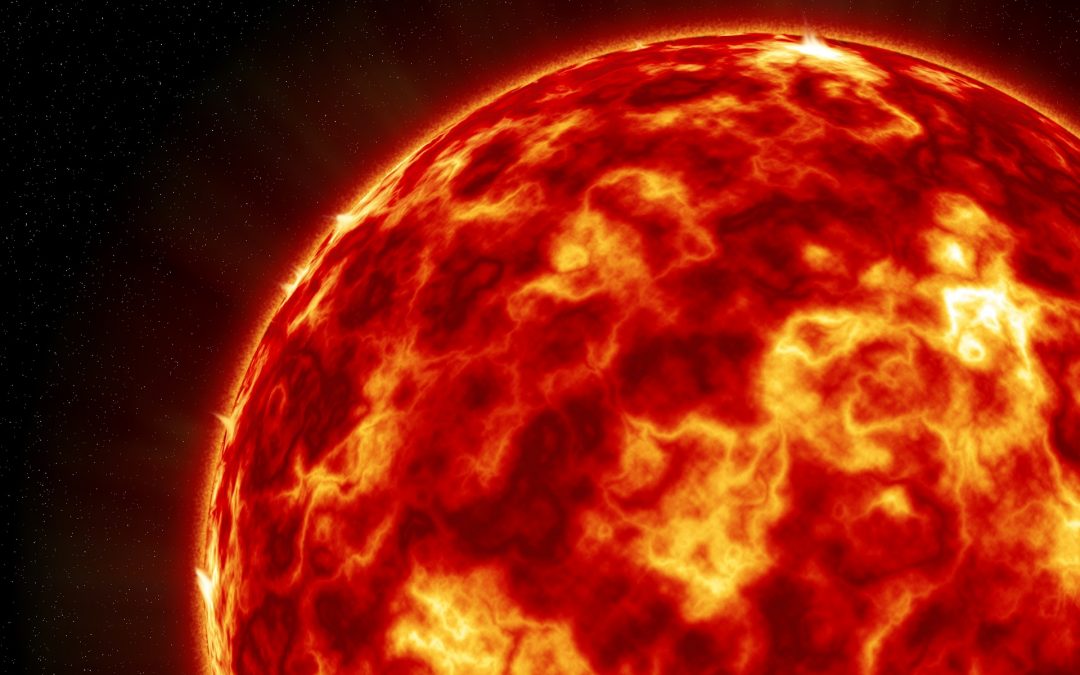
We’ve always assumed that we lived in a perfectly normal system with a normal star and normal planets. It’s all… normal. But with our modern understanding of billions of stars, just how normal is our Sun, anyway?
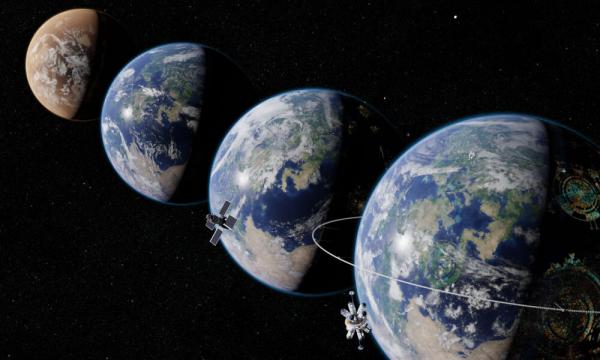
The Earth is teeming with life, both in the upper atmosphere to kilometers underground. There’s no question that our planet has life. But is our planet itself alive? This is a question posed back in the 1970s as the Gaia hypothesis, and it got its share of criticism. Some new ideas have been proposed to bring this hypothesis to the modern era.
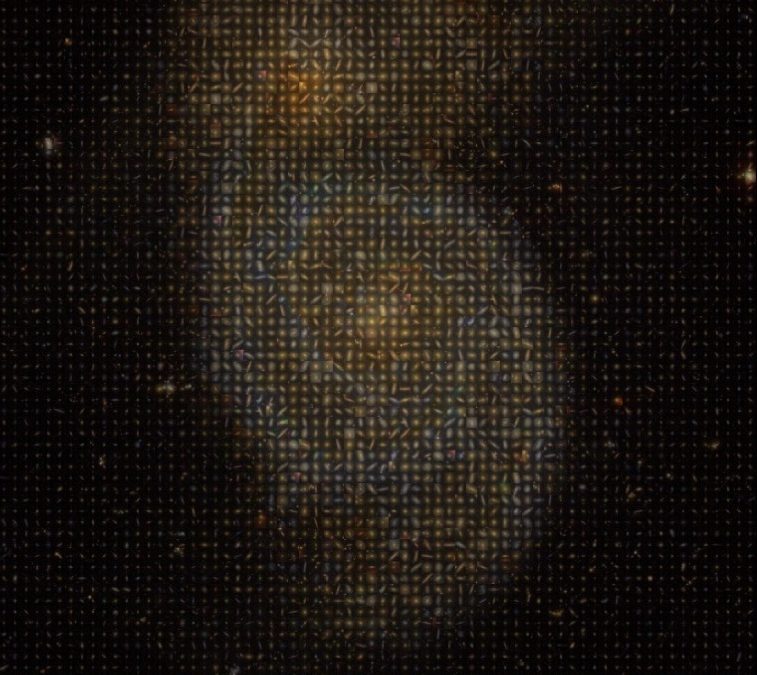
There are general-purpose telescopes and missions that astronomers can use to study specific objects. And there are survey missions that look at the entire sky, which astronomers can use to answer questions about the Universe. We’ve talked about surveys in the past, but the landscape is changing fast so it’s time for an update.
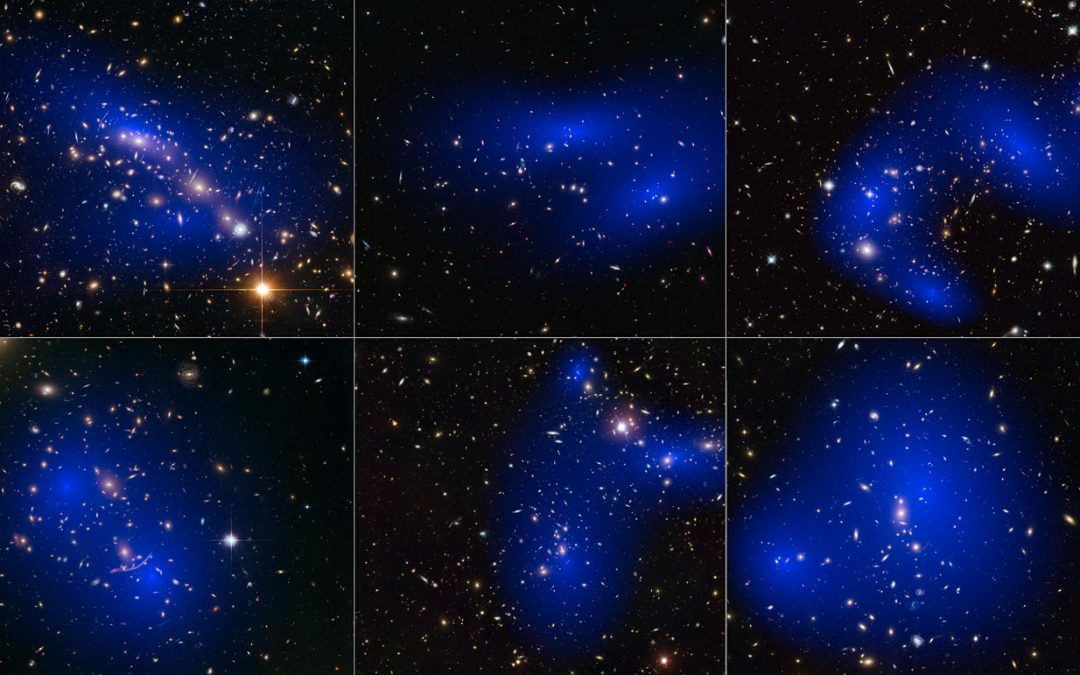
Knowledge moves forward, and so, we must move with it. Today we’ll give you an update on some of the most fascinating, and fast-changing topics in astronomy, astrophysics and cosmology.
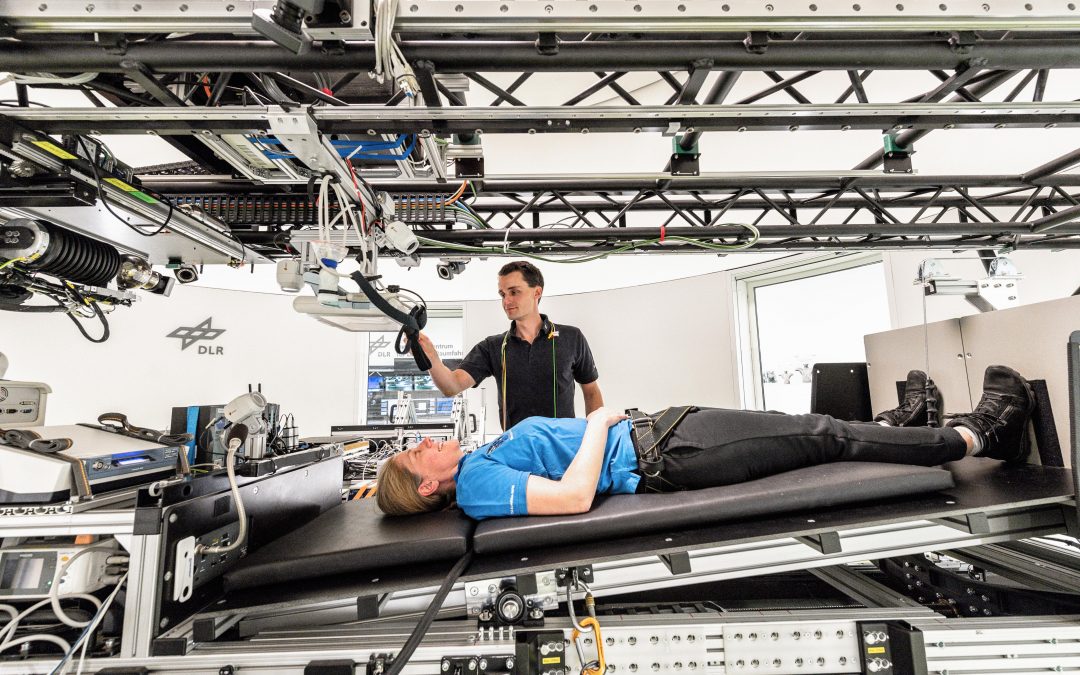
Although humans have never actually been to Mars, explorers have simulated many aspects of Mars missions here on Earth. There are missions under the ocean, on the tops of volcanoes, in the harsh Canadian north, and even in bed that simulate the limitations of spaceflight, and teach us many of the lessons to prepare us for the real thing.
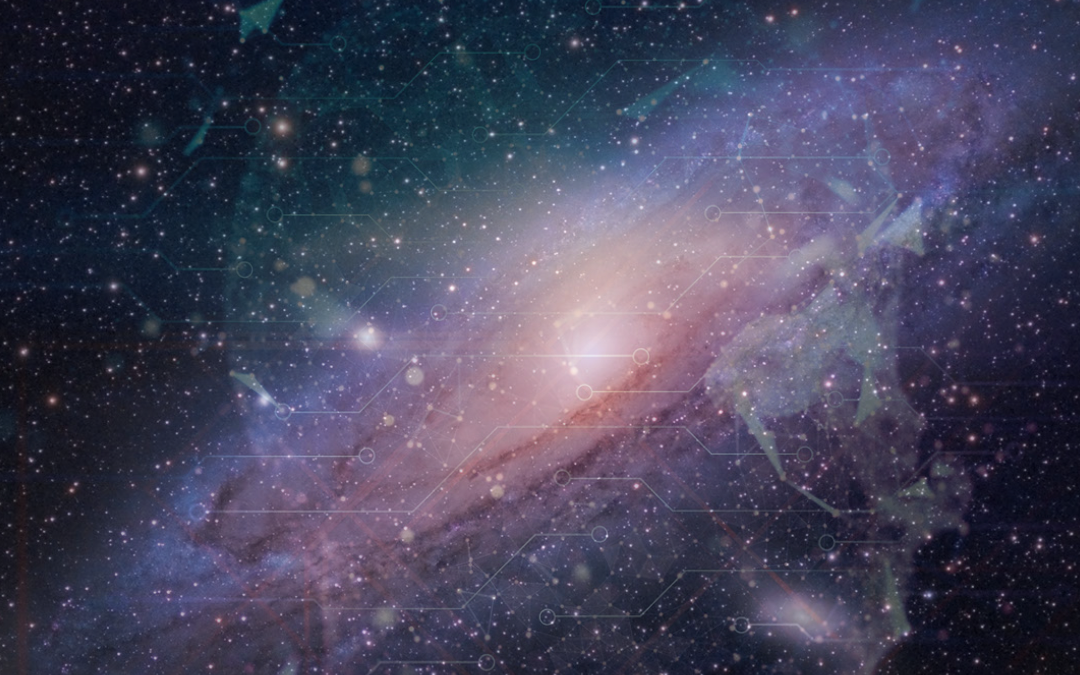
Computers are a big part of astronomy, but mostly they’ve been relegated to doing calculations. Recent developments in machine learning have changed everything, giving computers the ability to do jobs that humans could only do in the past.
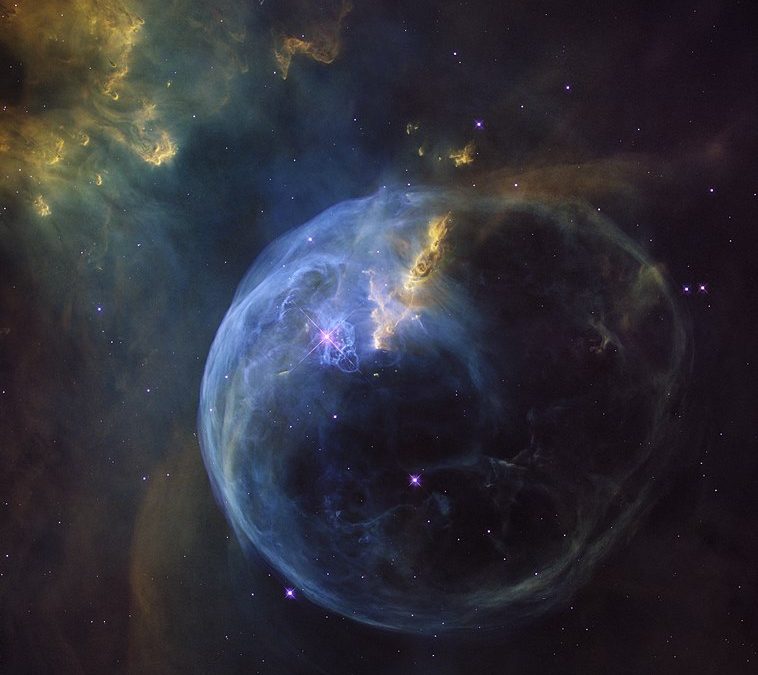
We think of space as a vacuum, but there are regions of different density. There are winds blowing from stars and other objects that clear out vast bubbles in space, and look absolutely fantastic in pictures. And might have been critical for Earth to even exist in the first place.
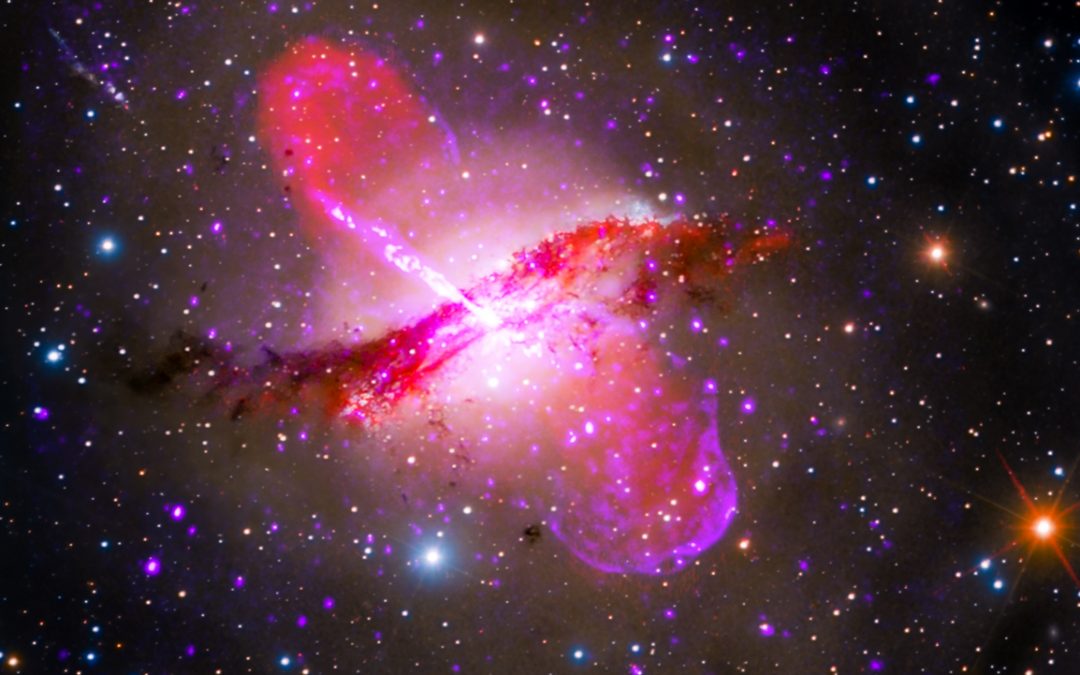
As astronomers look out across the Universe, they see various objects spewing jets of material light years into space. What causes these jets, and what impact do they have on the Universe.
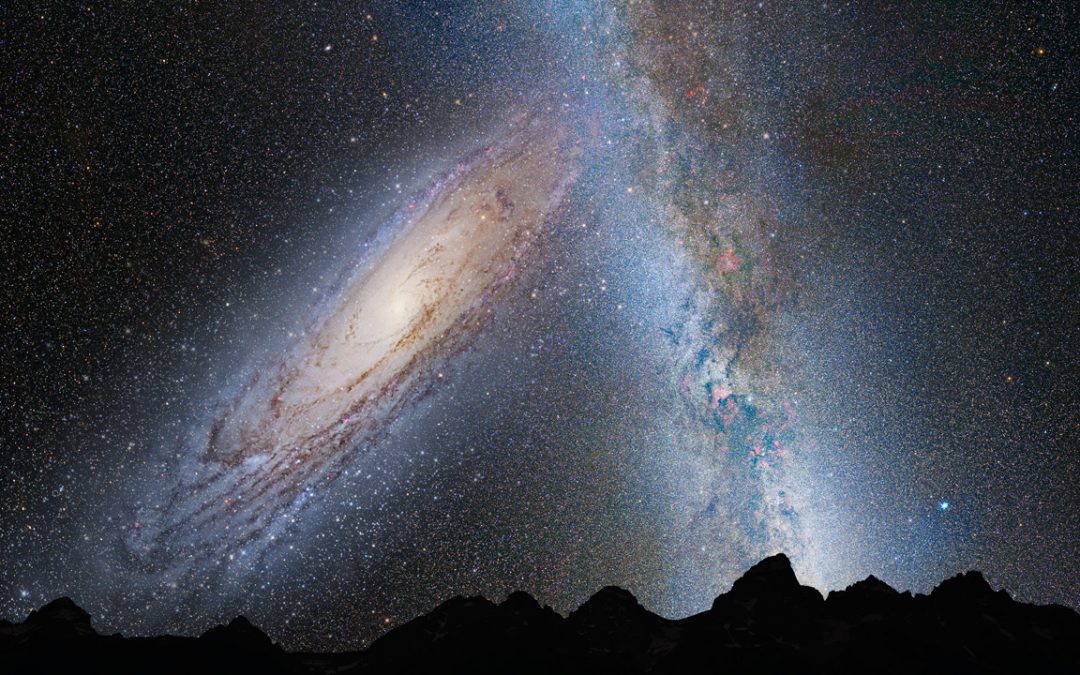
The Milky Way is a vast grand spiral today, but how did it get this way? Astronomers are starting to unravel the history of our galaxy, revealing the ancient collisions with dwarf galaxies, and how they came together to build the Milky Way.
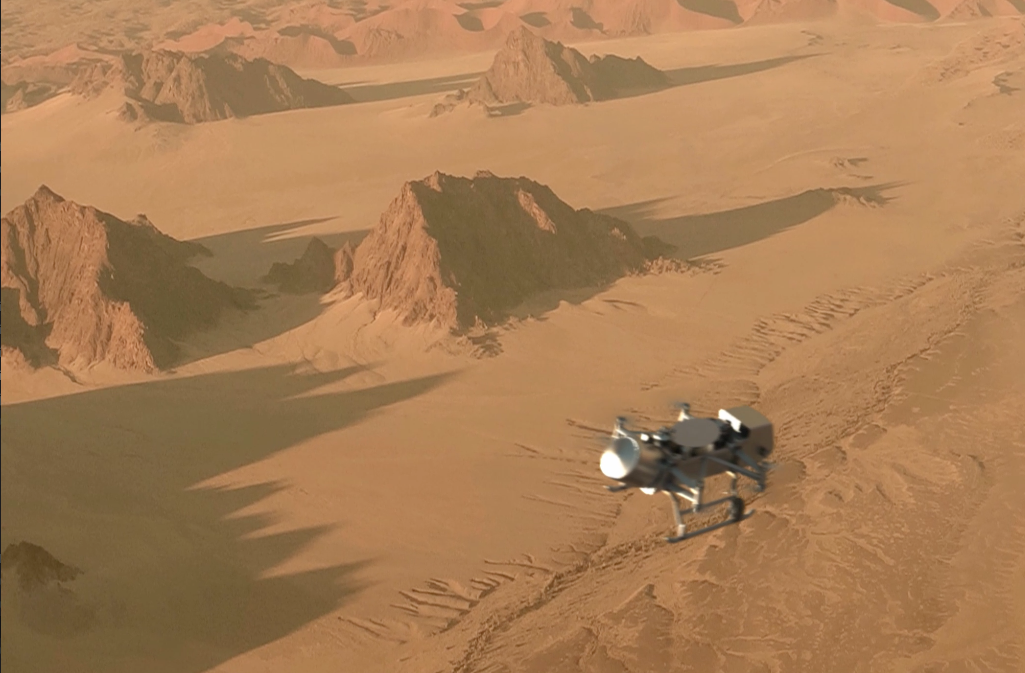
We’ve always assumed that habitable planets would need to be like Earth; a terrestrial planet orbiting a sunlike star. But now astronomers have been discovering planets in the habitable zone around very much non-sunlike stars. What strange places could be habitable?
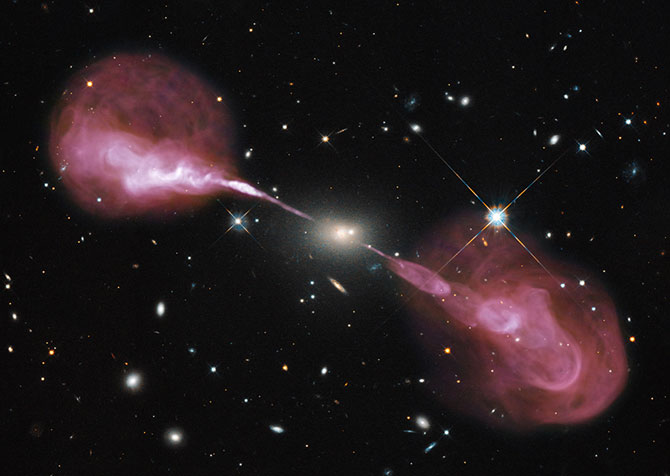
A recent image from the South African Meerkat telescope blew our minds. It was a high resolution image of the center of the Milky Way, showing delicate filaments and other structures. What was so mind blowing is that this was an image from a radio telescope. Today we’re going to talk about why this was such an accomplishment and what the future holds for radio astronomy.
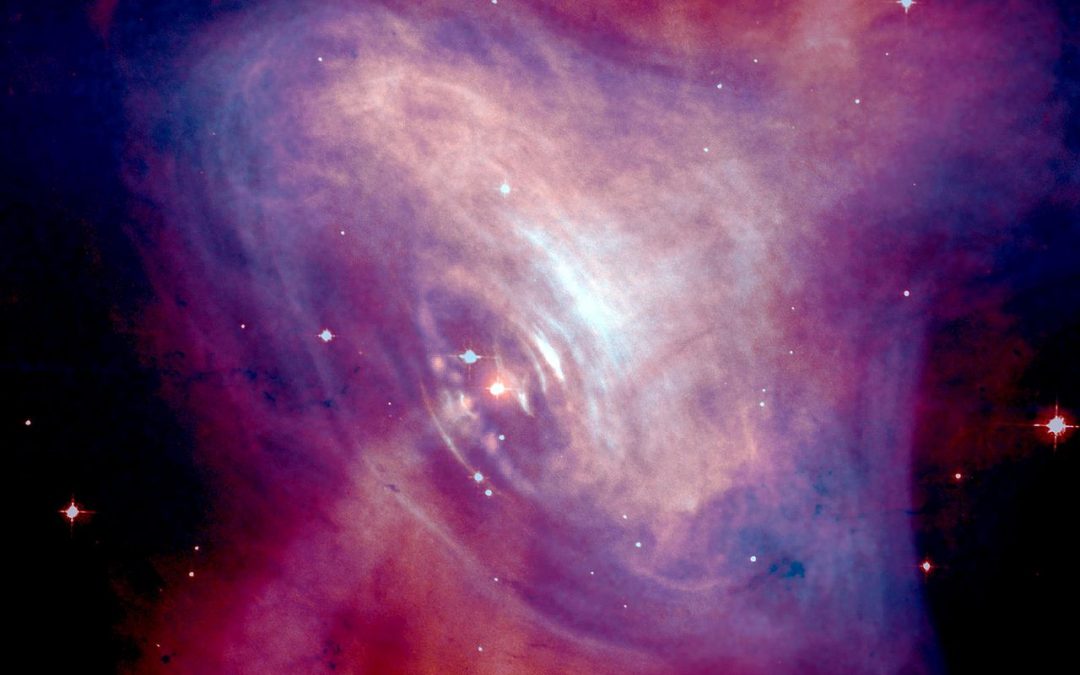
Pulsars are the rapidly spinning degenerate husks of dead stars, turning hundreds of times a second. But they’re also handy clocks, spinning with such certainty and accuracy that astronomers can use them for all kinds of stuff. We might even use them to navigate the cosmos.
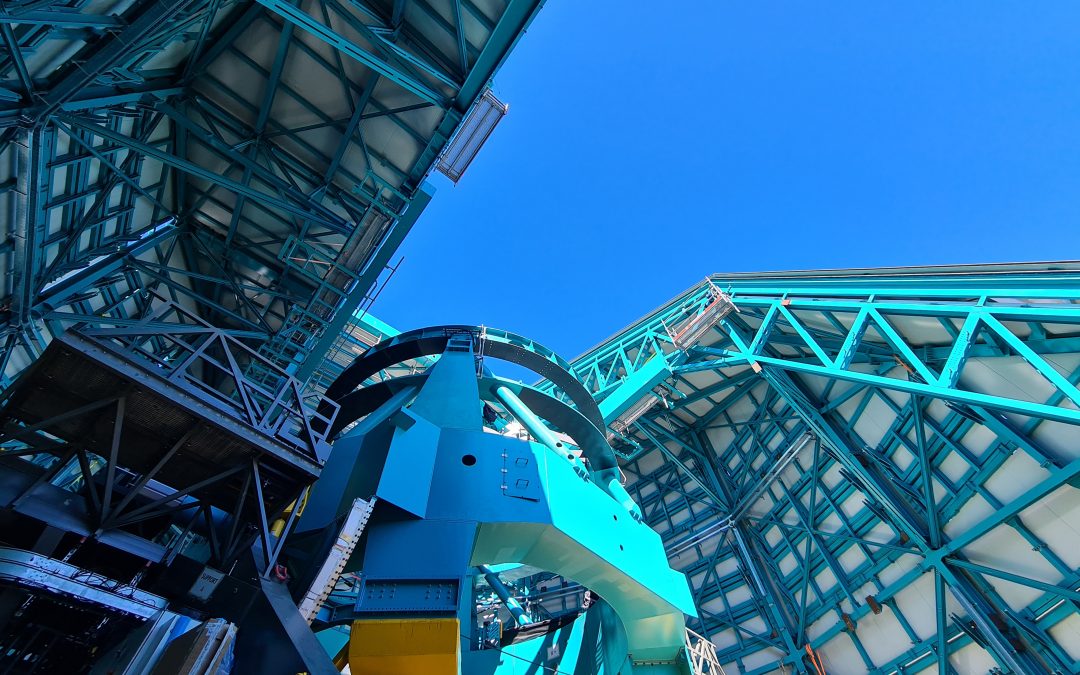
In a rare moment of weakness, Pamela has decided she’s open to the possibility that a future exists. That missions, telescopes and spacecraft are going to be built and they’re going to do some science. Today we’ll talk about what we’re looking forward to before she changes her mind and ruins Fraser’s naive optimism for the future.
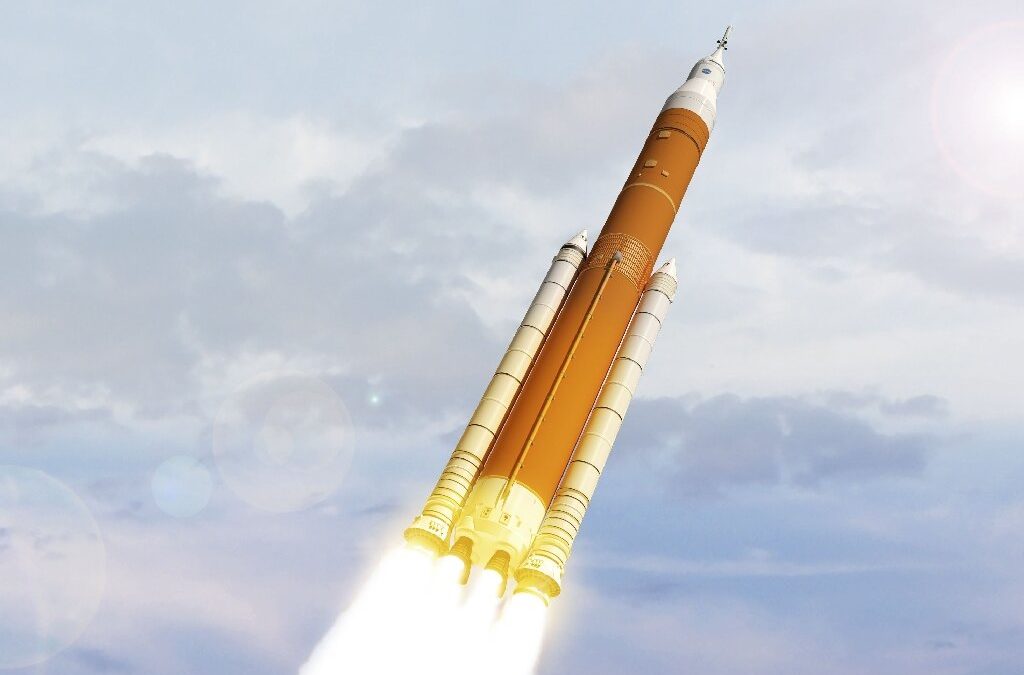
With all the success of James Webb so far, it’s looking like science’s huge gamble is going to pay off, but there were years of delays and budget overruns. What impacts did these delays have on science, careers, and the future of space exploration?
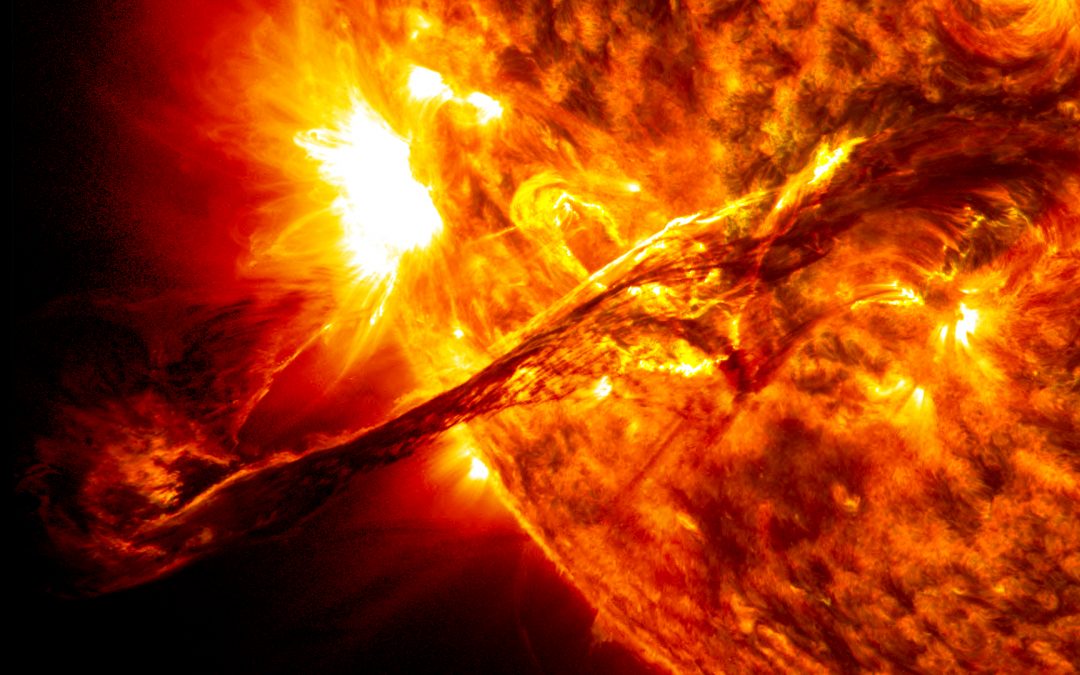
Once again, it’s time to take a look at the Sun. You know, ongoing thermonuclear explosion of fusing hydrogen that’s right over there. Fortunately, there’s a fleet of spacecraft and ground observatories ready to give our best ever view of the Sun.
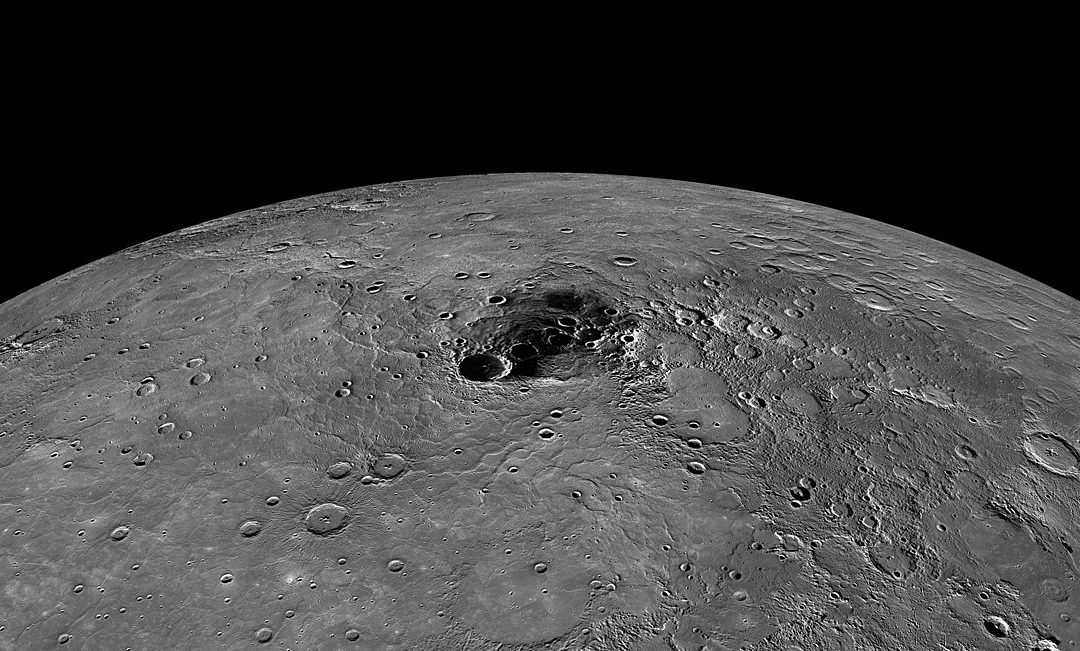
It’s been about a thousand years since we last looked at Mercury, so we figured it’s time for an update. What new things have we learned about Mercury, or even new questions? Fortunately, there’s a mission on the way to help get us some answers.
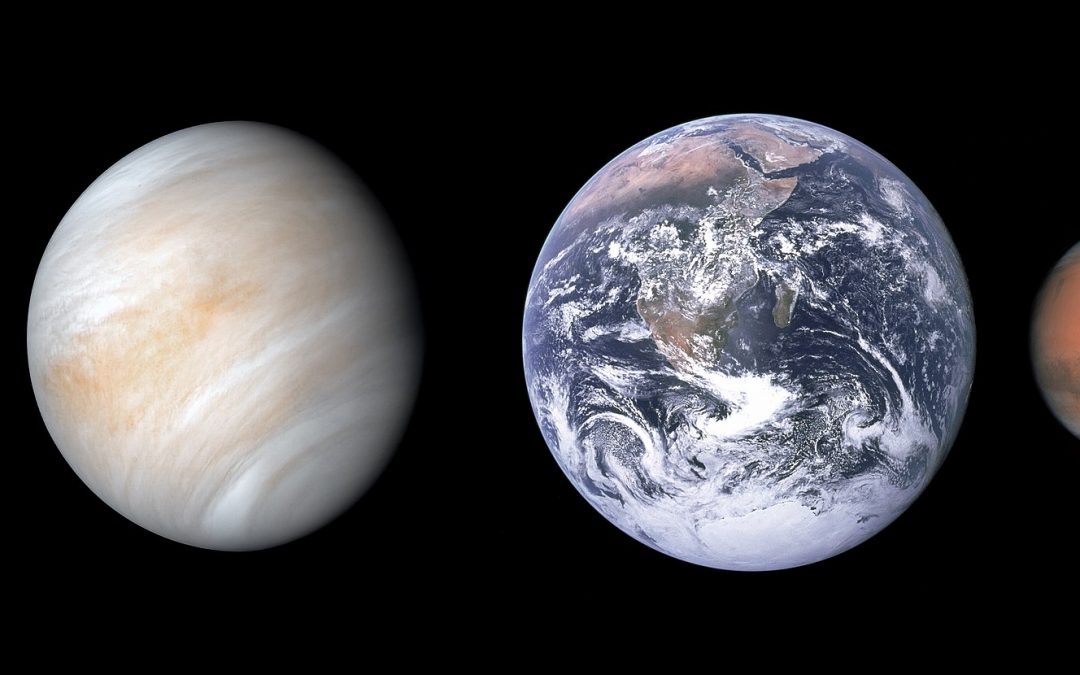
We continue our refreshed tour of the Solar System, checking in on the inner terrestrial planets: Mercury, Venus, Earth and Mars. What have we learned about their formation, evolution and what they might tell us about other planets in the Universe?
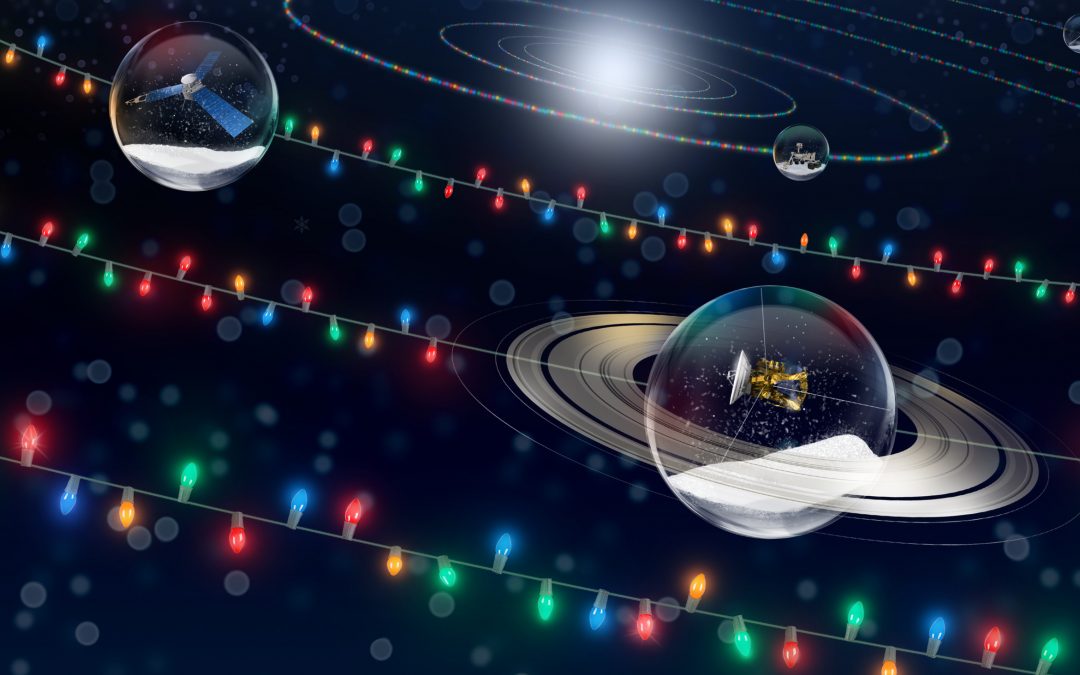
We’ve reached the end of 2021, and this is the last episode of the year. Let’s look back at the big space events of the last year and talk about what we’re looking forward to in 2022.
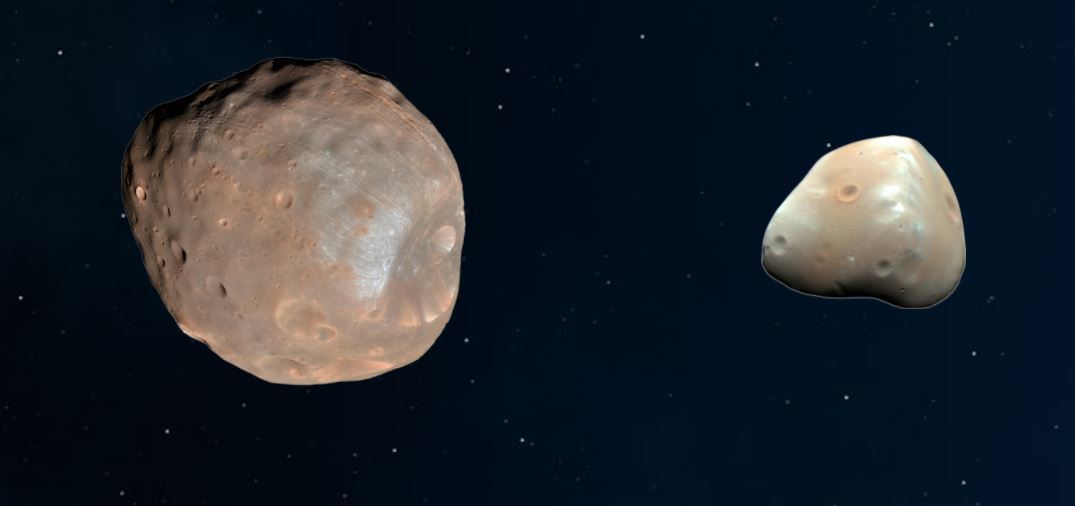
We’ve talked about the icy objects of the Solar System, today let’s talk about space rocks. There’s a surprising variety of rocky material in the Solar System, and each object has a story to tell about the history and formation of the planets, moons and other rocky bodies.
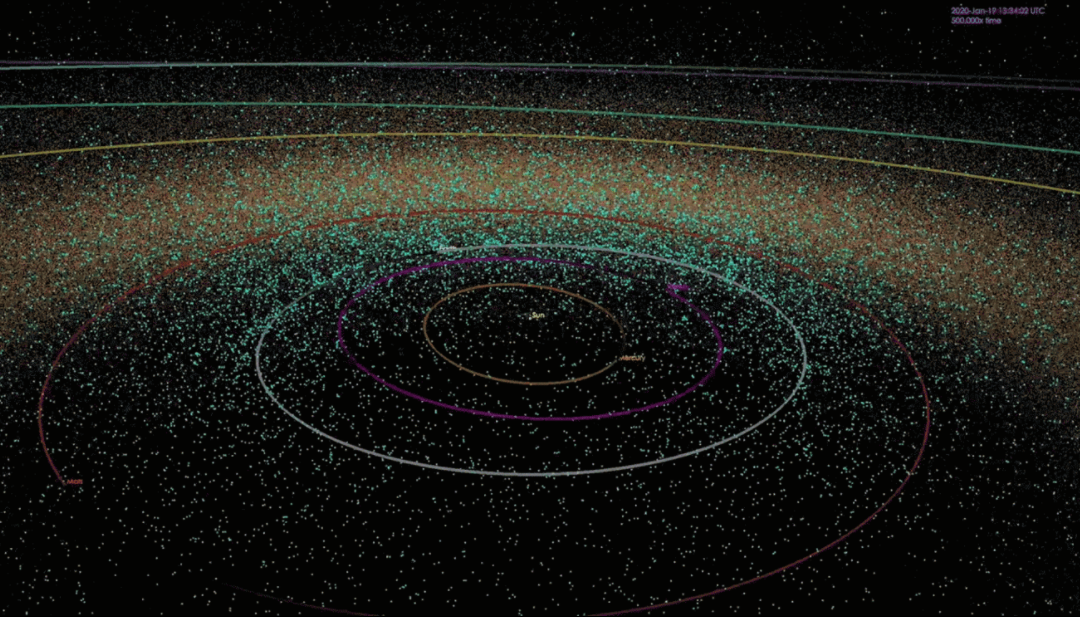
Are asteroids dangerous? Just ask the dinosaurs, and they’ll tell you a sad story of fiery death. It turns out we’re in a shooting gallery of space rock and metal, and somewhere out there there’s one with our name on it. Should we be worried or are the risks so minimal to be irrelevant?
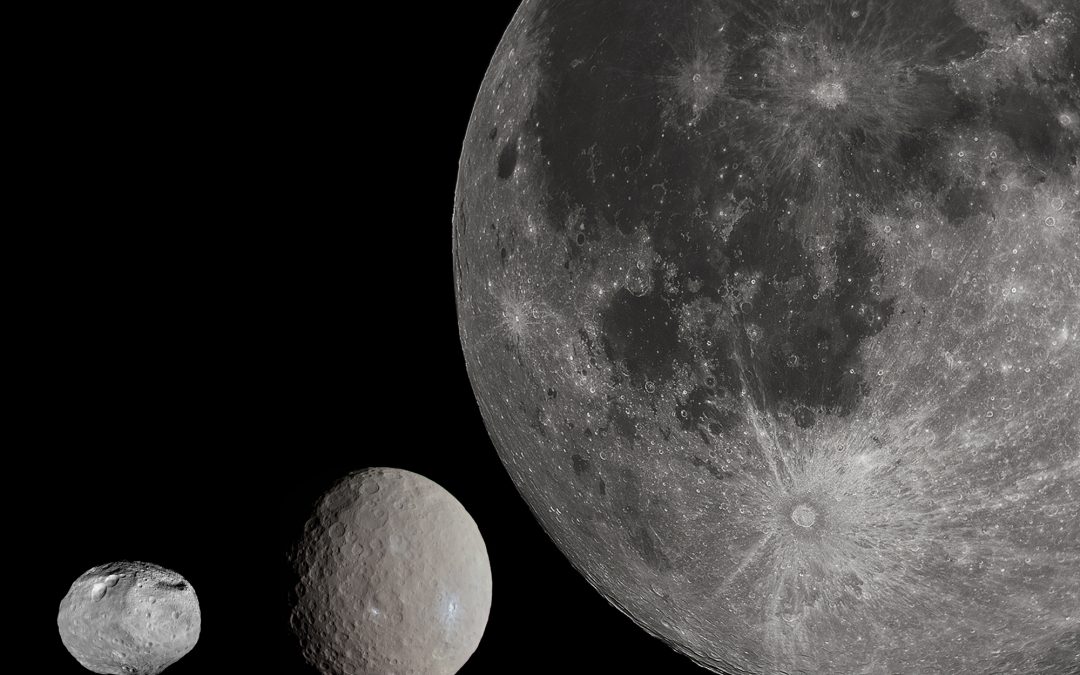
A rock is a rock is a rock, right? Across the Solar System there are giant rocky asteroids and even rockier moons. What’s the difference between these two families of objects, and where did they come from?
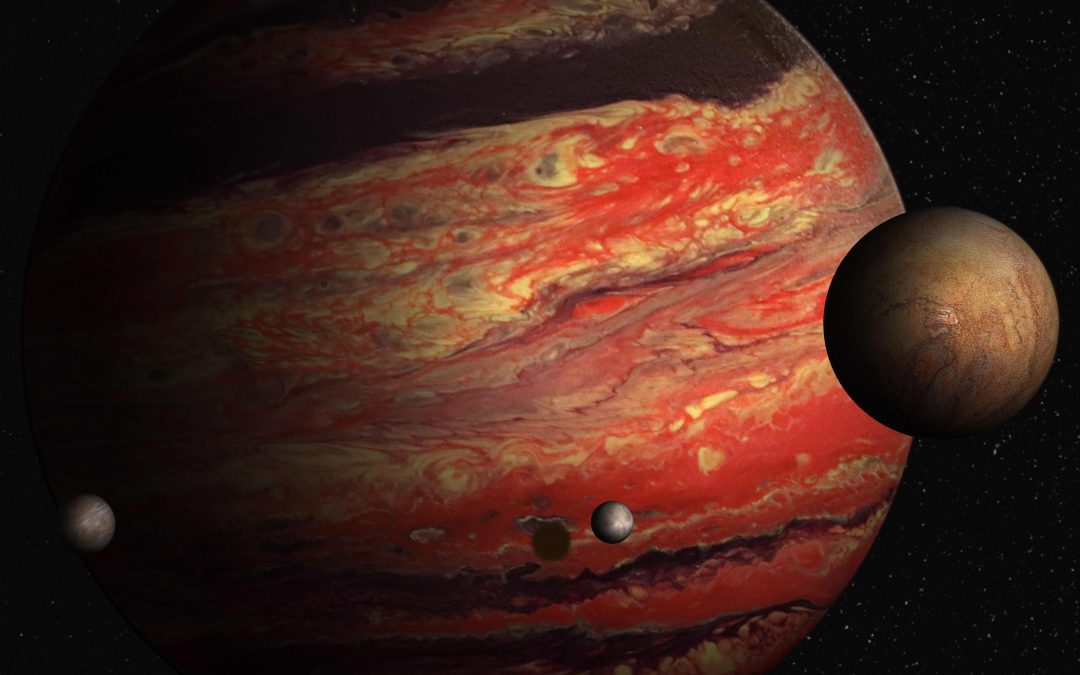
For the longest time, the only gas giant planets we knew about were Jupiter and Saturn. But now in the age of extrasolar planets, astronomers have discovered thousands of gas giants across almost as many star systems. What new discoveries have been made about gas giants, both here in the Solar System and across the Milky Way?
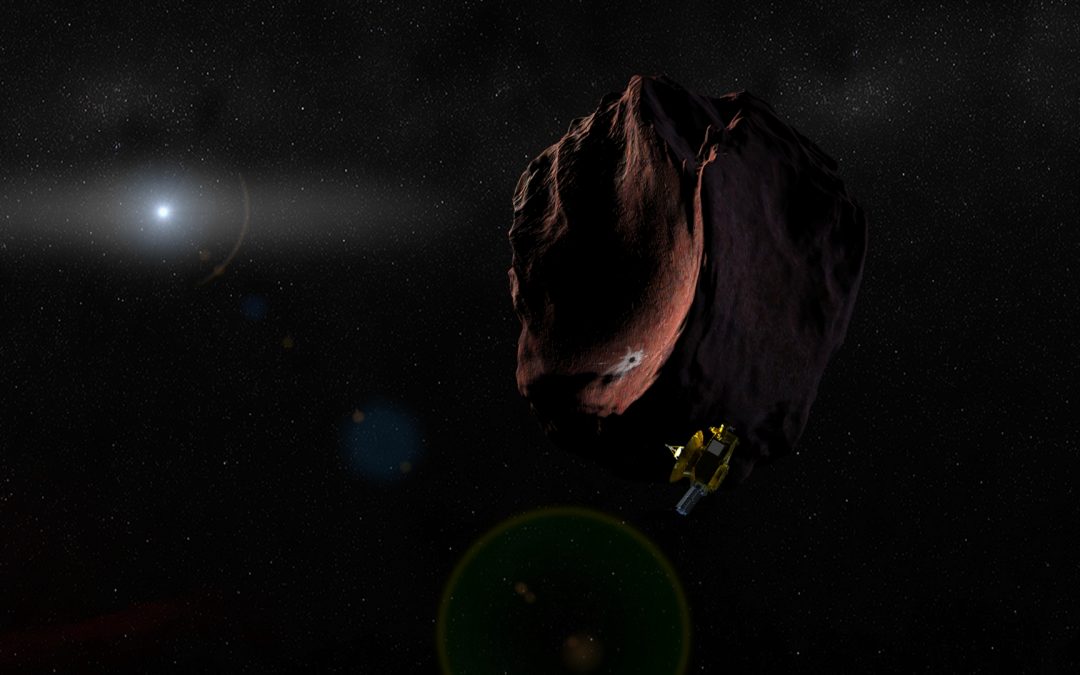
Good news! Over the next few years, we’re going to see a flotilla of new missions headed to Jupiter and Saturn. Why aren’t we seeing more missions to the outer planets, like Uranus and Neptune? It turns out, those places are far away. Today let’s talk about the challenge of exploring the outer Solar System.
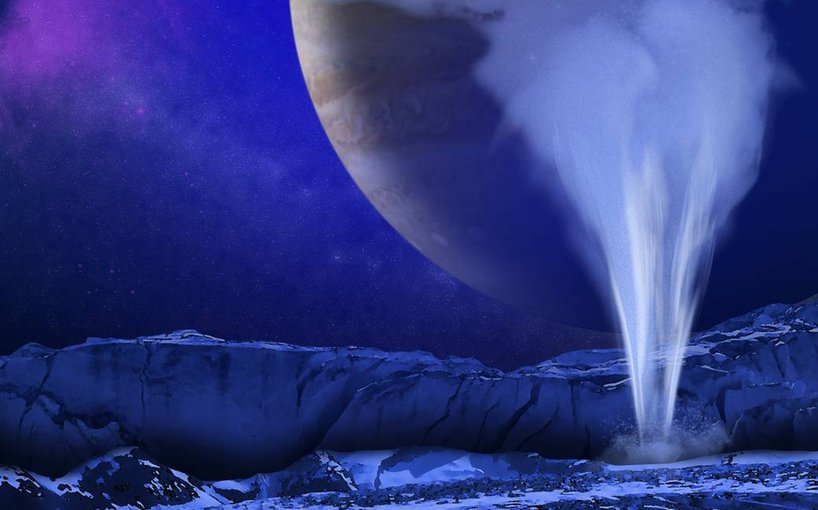
The outer Solar System is far enough from the Sun that water doesn’t get blasted away into deep space. In this icy realm, there are many worlds with vast quantities of water ice. Today let’s look at the icy outer moons and dwarf planets.